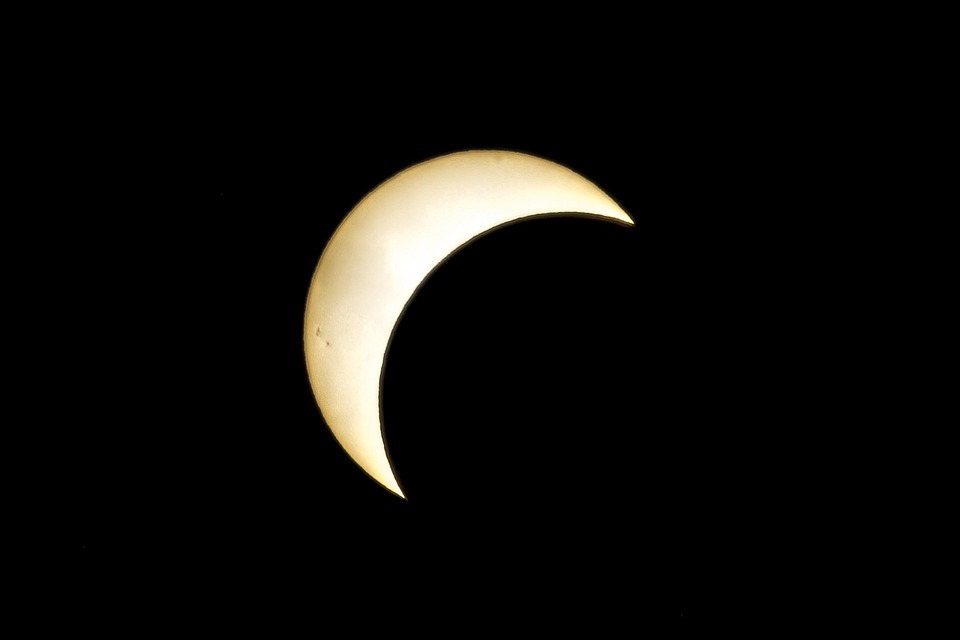A solar eclipse is a rare and awe-inspiring event that has captivated humans for centuries. As the moon passes between the earth and the sun, casting a shadow on our planet, different cultures around the world have developed unique and fascinating ways to celebrate this phenomenon. In this article, we’ll embark on a journey to explore how various cultures dance with the shadows during a solar eclipse.
Ancient Mythologies and Legends
In many ancient cultures, solar eclipses were often associated with mythological stories and legends. For example, in ancient China, a solar eclipse was believed to occur when a dragon swallowed the sun, while in ancient Greece, it was thought to be a sign of the gods’ displeasure. Similarly, in Norse mythology, a solar eclipse was seen as a battle between the sun god and the wolf Fenrir. These mythologies not only reflected the fear and awe that people felt during a solar eclipse but also shaped their cultural and spiritual practices.
Celebrations and Rituals
Despite the differences in mythological explanations, many cultures have developed similar rituals and celebrations to mark a solar eclipse. In some African cultures, for instance, people gather to sing, dance, and play drums to ward off the “evil spirits” that are believed to be released during an eclipse. In other cultures, such as in certain parts of Asia, people observe a period of silence and meditation during an eclipse, believing that it’s a time for spiritual reflection and renewal.
In India, the Hindu festival of Surya Grahan is celebrated during a solar eclipse, where devotees take a dip in holy rivers, offer prayers, and perform rituals to appease the sun god. Similarly, in some Native American cultures, people gather to perform traditional dances and ceremonies to honor the sun and the moon, and to ensure the continuation of life and fertility.
Modern-Day Celebrations
In modern times, solar eclipses have become a global phenomenon, with people from different cultures and countries coming together to witness and celebrate this rare event. In the United States, for example, the 2017 total solar eclipse was witnessed by millions of people, with many cities and towns hosting viewing parties, festivals, and concerts.
In other parts of the world, such as in Europe and Asia, solar eclipses are often marked with scientific exhibitions, astronomical viewing events, and cultural festivals. In some countries, such as Japan and China, solar eclipses are considered a significant cultural and tourist event, with many people traveling to witness the eclipse and experience the local culture.
Cultural Significance and Symbolism
Regardless of the cultural context, solar eclipses often carry significant symbolic meaning. They can represent transformation, renewal, and the cyclical nature of life. In some cultures, a solar eclipse is seen as a time for personal reflection, spiritual growth, and renewal, while in others, it’s a celebration of the beauty and wonder of the natural world.
The cultural significance of solar eclipses is also reflected in the various art forms, literature, and music that have been inspired by this phenomenon. From ancient myths and legends to modern-day poetry and songs, solar eclipses have captivated the human imagination, inspiring creativity and self-expression.
Conclusion
In conclusion, dancing with the shadows during a solar eclipse is a universal human experience that transcends cultural boundaries. Whether it’s through ancient mythologies, traditional rituals, or modern-day celebrations, solar eclipses have the power to inspire, educate, and unite people from different cultures and backgrounds. As we continue to explore and understand the mysteries of the universe, let us also appreciate the rich cultural heritage and symbolism that surrounds this rare and awe-inspiring event.


Leave a Reply